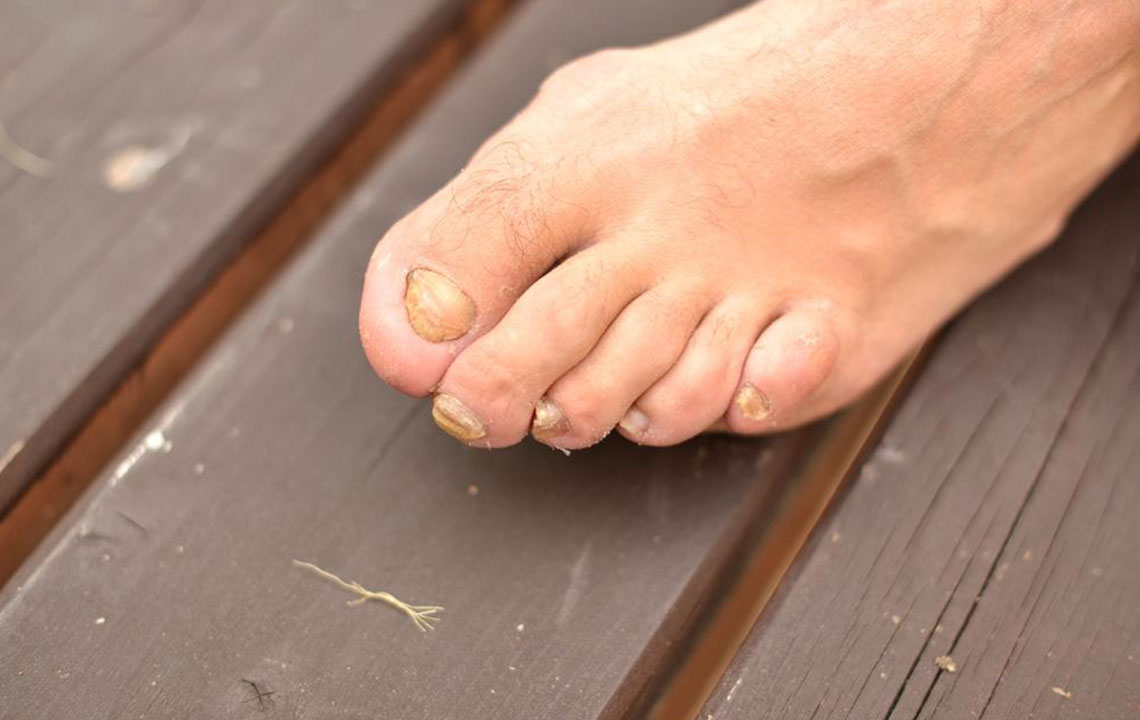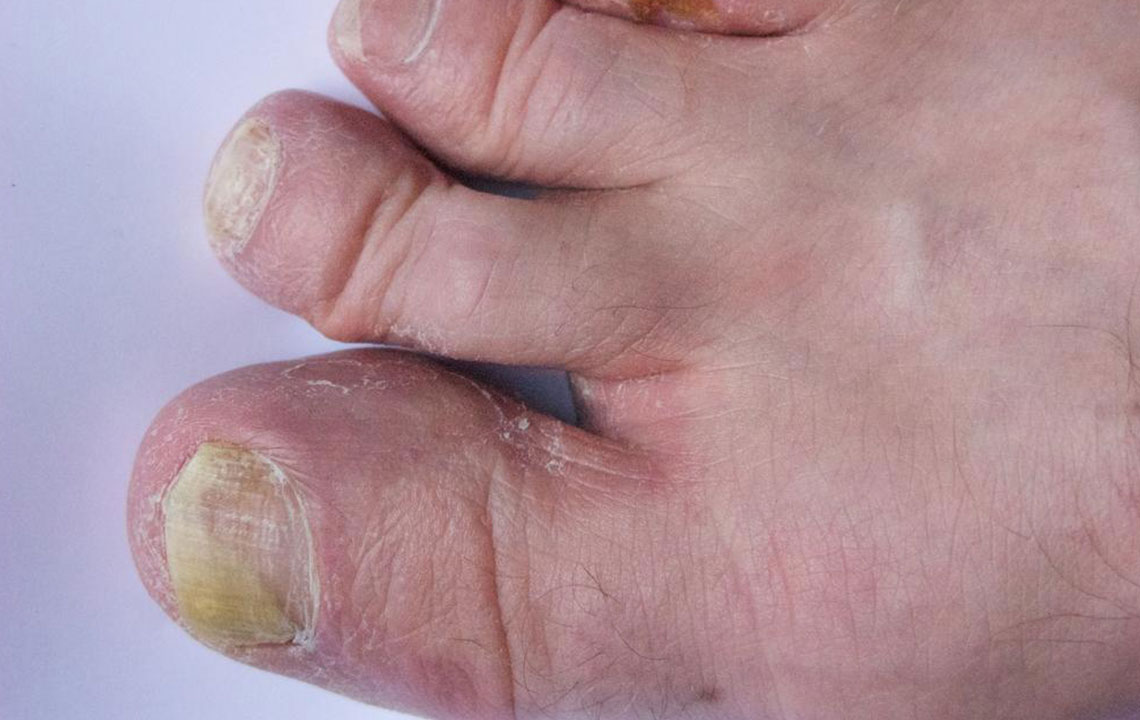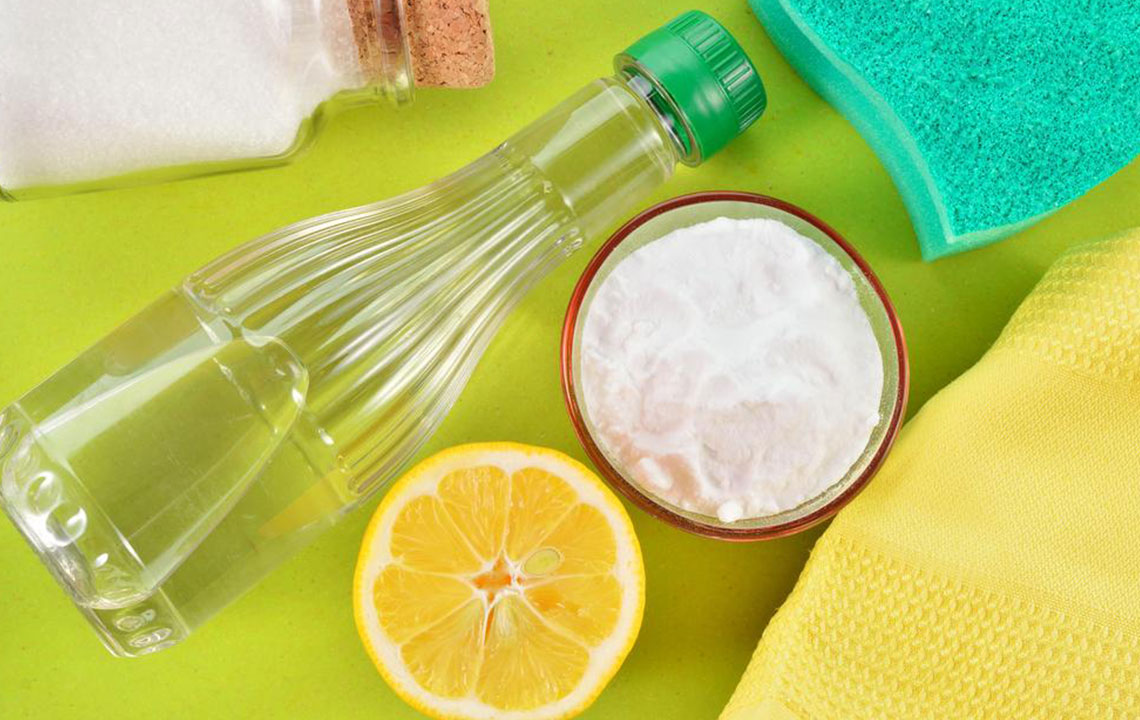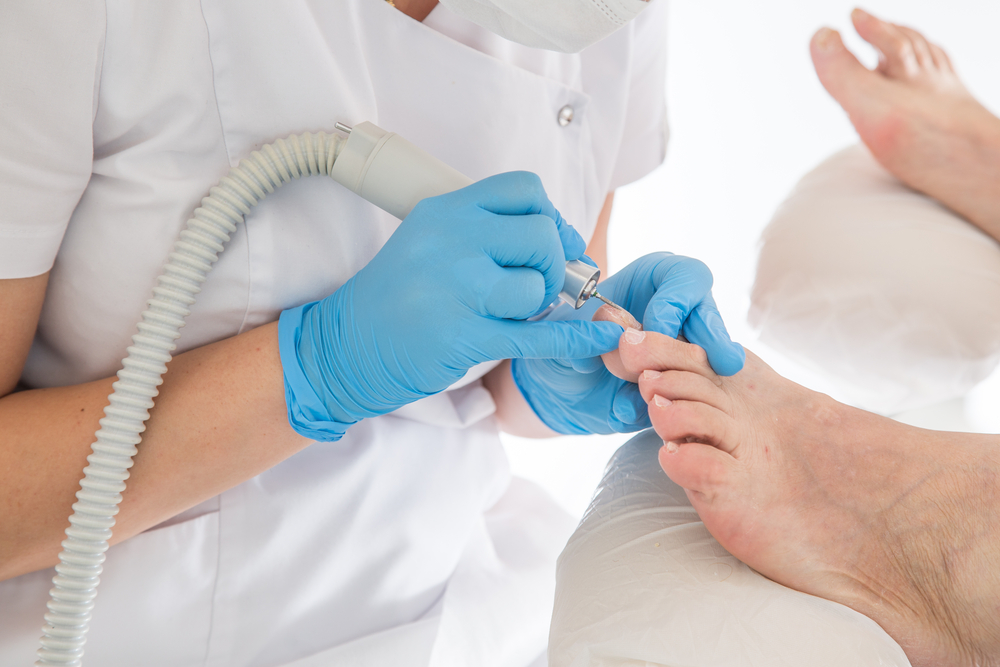Effective Natural and Medical Approaches to Treat Toe Fungus Infection
This comprehensive guide explores both natural and medical strategies for treating toe fungus effectively. From home remedies like tea tree oil and olive leaf extract to prescription medications and surgical options, understanding the best approaches can lead to successful recovery. Emphasizing early detection, proper foot hygiene, and lifestyle adjustments, the article provides detailed insights into preventing and curing toenail fungal infections for long-term healthy feet.
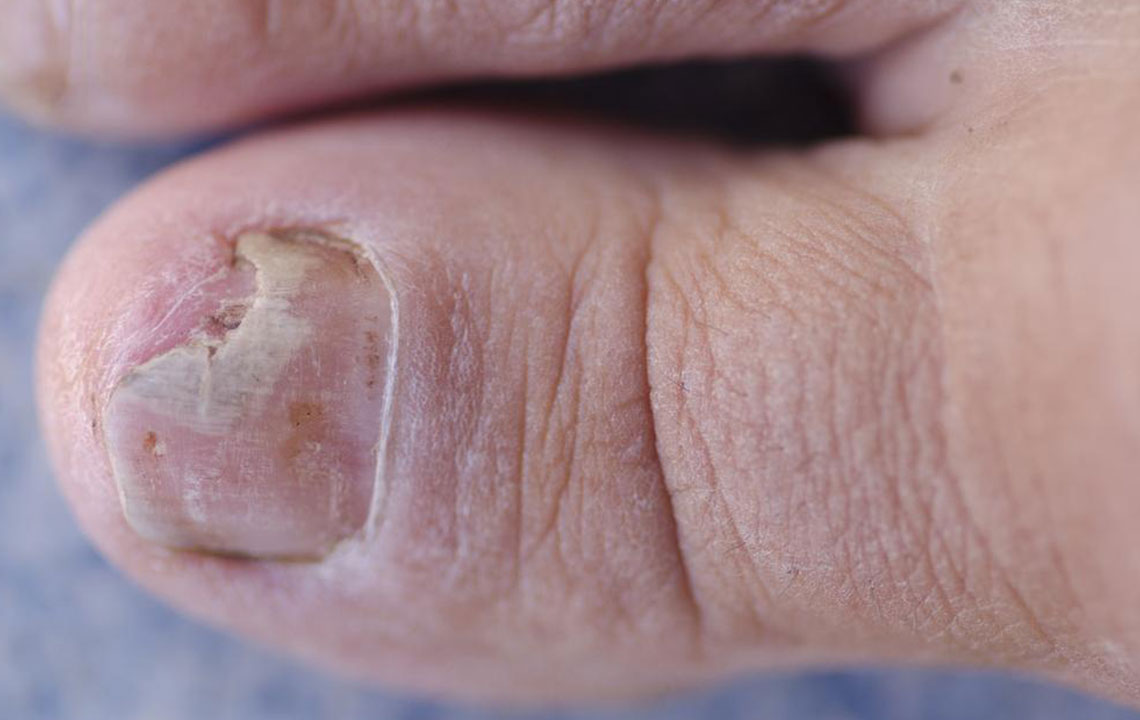
Comprehensive Natural and Medical Strategies for Toe Fungus Treatment
Have you observed a white or yellowish patch forming beneath your toenail? Initial concern is common, but generally, this indicates a toenail fungal infection—also known as onychomycosis—that can affect people across all age groups. As the infection progresses, symptoms may intensify, leading to changes such as nail discoloration, brittle or crumbling edges, and thickening of the nail plate or surrounding skin. Although commonly called toe fungus, this condition can also impact fingers or other areas of the feet. Early detection combined with effective care routines can significantly improve outcomes and often lead to complete recovery.
Most cases of toe fungal infections respond well to self-care and home remedies, making medications unnecessary in many situations. Nonetheless, toenail fungus has a tendency to recur if underlying causes are not addressed, which highlights the importance of understanding and avoiding contributing factors such as poor hygiene, damp environments, or communal footwear. Both natural remedies and medical treatments are viable options, and in severe or resistant cases, a professional diagnosis becomes critical. Healthcare providers may perform skin scrapings, nail clippings, or laboratory tests to evaluate the severity of the infection and develop an appropriate treatment plan.
How to Effectively Treat Toe Fungal Infections Mild infections can often be managed through diligent self-care, but if the condition worsens or does not improve after initial treatments, consulting a podiatrist or dermatologist is essential. Prescription medications are customized based on the infection's severity and patient health status, and strict adherence to the prescribed regimen greatly influences treatment success. Here are the most common treatment options:
Oral antifungal medications: Drugs such as itraconazole and terbinafine are highly effective for quick relief and stimulate healthy nail regrowth. However, since these medications can cause side effects like liver toxicity, close medical supervision is necessary during treatment.
Topical antifungal creams and ointments: Suitable for mild to moderate infections, especially when nail thickness is minimal, these topical treatments help prevent fungal spread and support the healing process of the affected nails.
Medicated nail lacquers: Application of antifungal nail polishes such as ciclopirox weekly is a practical option for controlling infection, especially for individuals who are frequently exposed to contaminated environments.
Surgical interventions: For stubborn or resistant infections, partial or complete removal of the infected nail may be performed. This approach helps eliminate fungal reservoirs and allows a new, healthy nail to grow back, improving both appearance and health.
In addition to conventional treatments, several natural remedies can support the healing process and sometimes lead to complete recovery. Proper foot care plays a vital role in preventing reinfection, ensuring that good hygiene practices are adopted daily. Below are some effective home remedies and lifestyle tips:
Dietary improvements: Incorporate nutrient-rich foods such as lean proteins, iron-rich vegetables, vitamin D sources, calcium, and omega-3 fatty acids. Consuming probiotic-containing foods like yogurt can strengthen the immune system and promote overall health, which is crucial in fighting off fungal infections.
Snakeroot extract: Known for its antifungal properties, applying snakeroot extract topically has shown promising results. Visible improvements can often be seen within weeks, with complete cures typically achieved over approximately three months.
Olive leaf extract: Rich in oleuropein, olive leaf extract provides antifungal and antimicrobial effects. Administering olive leaf capsules or applying olive-based salves can help eradicate fungal growth effectively.
Tea tree oil: With potent antiseptic and antifungal properties, tea tree oil can be applied directly to the affected nails using a cotton swab twice daily. Consistent application accelerates healing and reduces fungal presence.
Maintaining proper foot hygiene, including regular washing, thorough drying, and wearing properly ventilated footwear, is fundamental to preventing reinfection. Avoid sharing shoes or socks and stay vigilant about foot care routines to maintain healthy toes and prevent future outbreaks.